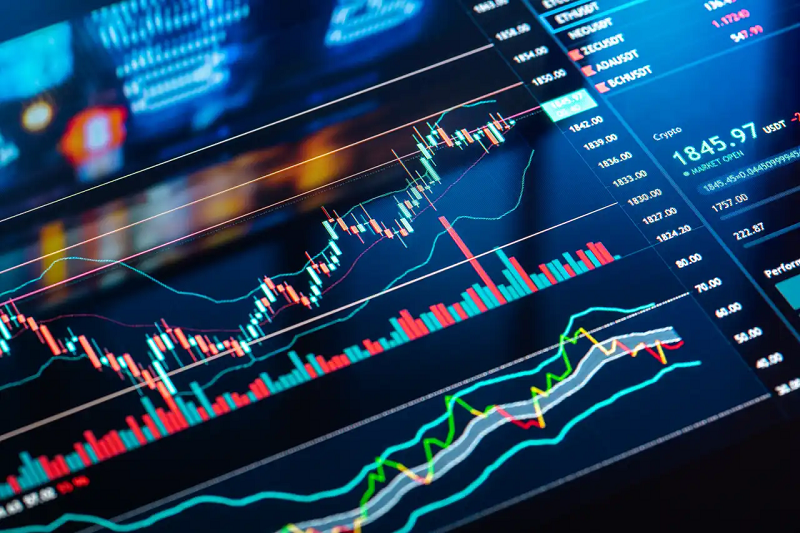How to Trade a U.S. Government Shutdown? Stocks Aren’t a Sure Bet while Gold Shines Brighter

TradingKey - The U.S. government officially shut down on October 1 after the Senate once again rejected a temporary spending bill, triggering the first shutdown in seven years. Despite rising political and economic uncertainty, both U.S. stocks and gold hit new all-time highs. Analysts say the impact on the S&P 500 is minimal in the short term, but prolonged gridlock could increase volatility — while gold emerges as the superior safe-haven asset.
On Wednesday, October 1, the U.S. entered a partial government shutdown: hundreds of thousands of federal employees were furloughed or faced layoff risks, yet the S&P 500, Dow Jones Industrial Average, and gold prices all closed at record highs.
Stocks: Resilient, But Not Risk-Free
Morgan Stanley noted that historically, past government shutdowns have had minimal negative impact on real GDP and S&P 500 performance.
Additional factors supported equity markets:
- The shutdown was widely anticipated
- A surprise drop in September ADP employment data reinforced expectations of weak labor market conditions
- A delayed nonfarm payrolls report (expected Oct 3) created an “information vacuum” that investors interpreted as favorable for further Fed rate cuts, boosting optimism around a October easing move
However, Citi warns that market pricing is “too optimistic.” While short-term disruptions may not dent equities, a prolonged shutdown would likely increase market volatility and erode confidence.
Interactive Brokers pointed out that this shutdown comes amid already elevated risk levels. Many analysts argue that extended stock market gains have pushed valuations into bubble territory, making equities more vulnerable to shocks.
Citi’s research shows:
- Shutdowns under five days have little measurable impact on stock returns
- Extended stalemates beyond five days tend to trigger visible sell-offs
According to Polymarket, prediction markets suggest growing concern about duration:
- ~70% of traders expect the shutdown to last at least until October 10
- Over 40% believe it won’t end until late October
Gold: The Clear Winner in Uncertainty
Compared to the uncertain path for stocks, gold’s outlook is far more favorable.
On Wednesday, gold surged to a record high of $3,922 per ounce, closing in on the psychological $4,000 barrier. Year-to-date, gold is up 47%, on track for its best annual performance since 1979.
Citi Research found that during prolonged government shutdowns, rising uncertainty fuels gold buying, leading to an average price gain of 2% — with momentum often continuing even after the shutdown ends.
Drivers behind gold’s rally include:
- Fed rate cut expectations
- Strong central bank demand
- Surging retail investor interest
According to Bloomberg, September saw the highest monthly inflows into gold ETFs in three years.
Goldman Sachs noted that gold ETF inflows have been far stronger than model forecasts, highlighting untapped potential from private investors.
Given this momentum, Goldman says its price targets — $4,000/oz by mid-2026 and $4,300/oz by end-2026 — carry “significant upside risk.”







